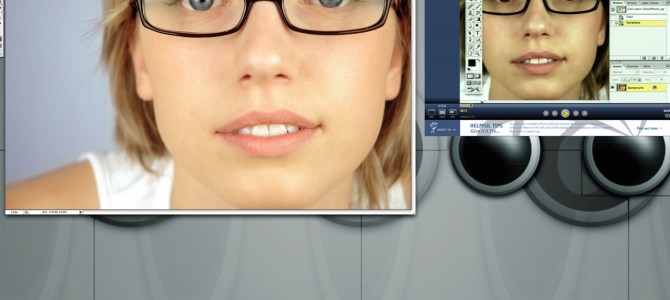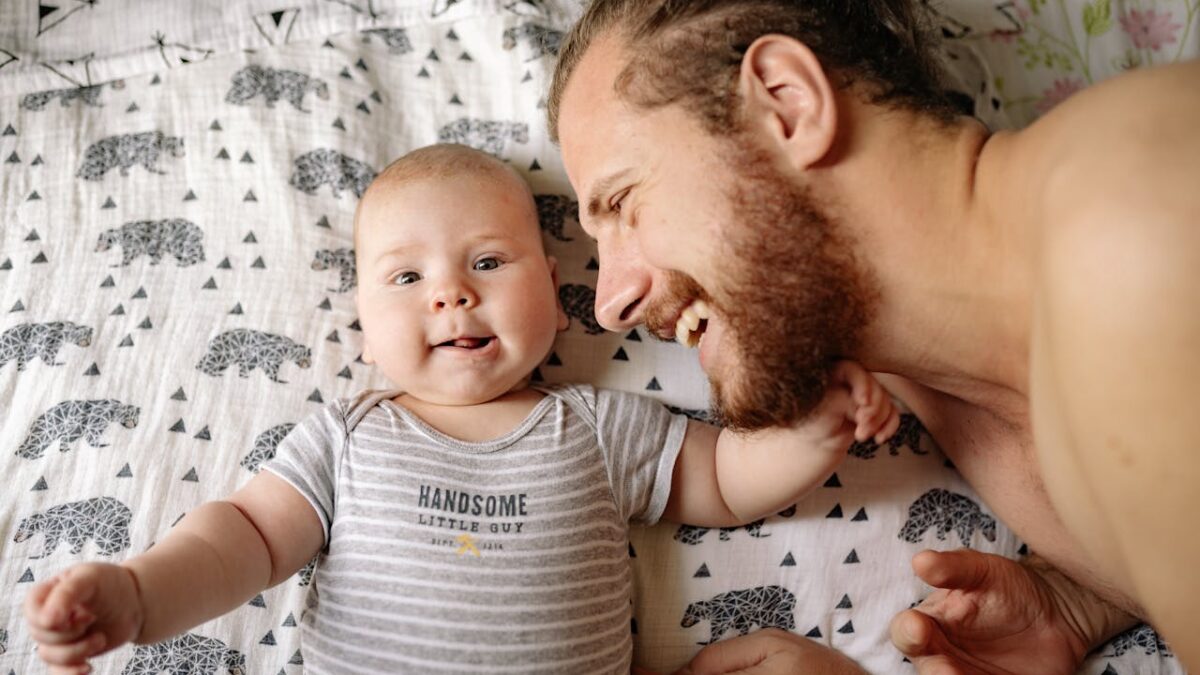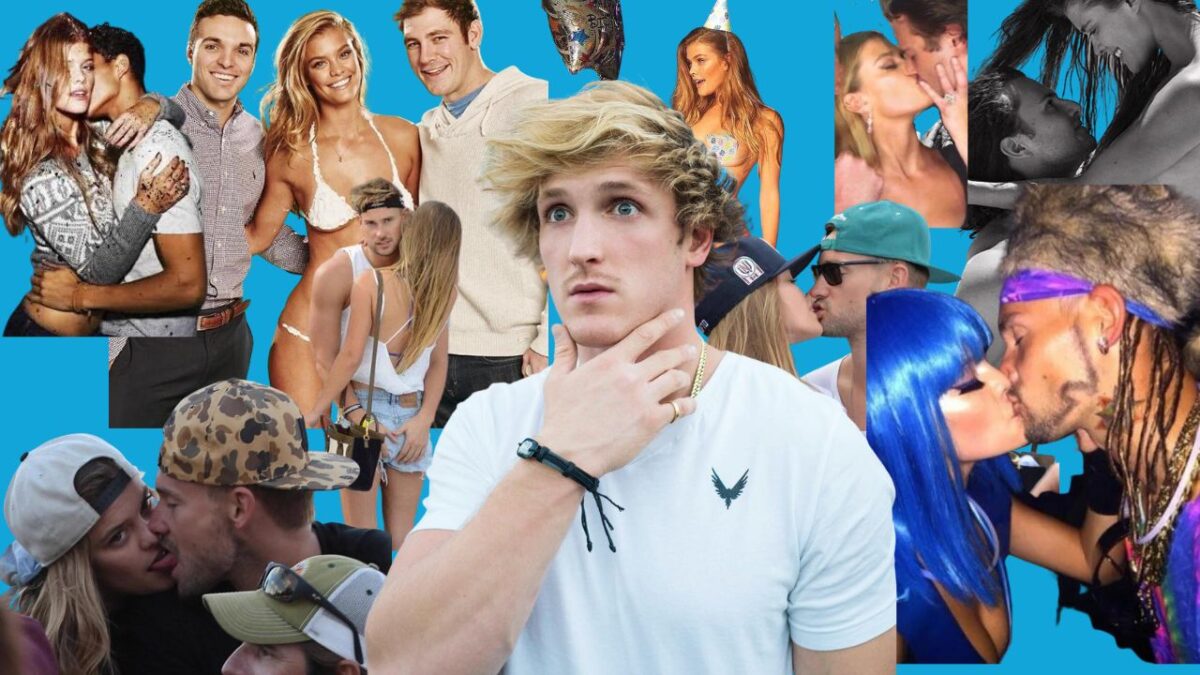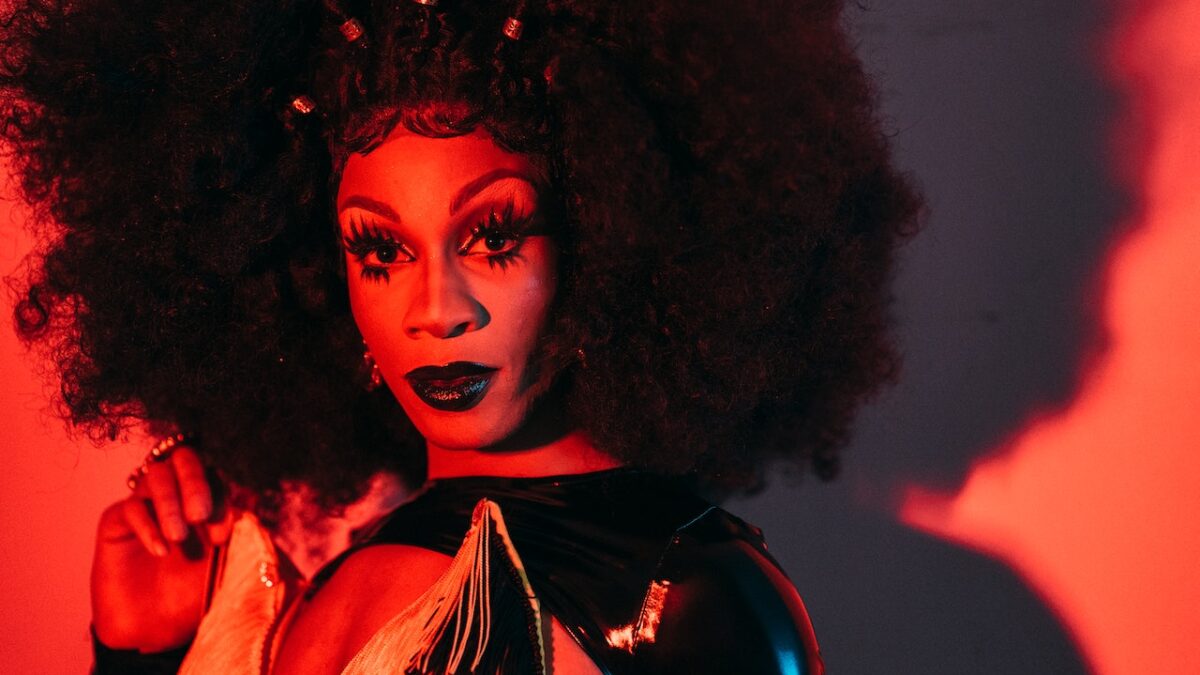
You’ve heard of “rape culture.” But are you aware of “Photoshop culture”? It’s one of Jezebel-style feminists’ favorite crusades, and thanks to their efforts it’s now the target of some recently proposed legislation.
Feminist writers for websites like Jezebel, xojane, and the Huffington Post get very worked up about the fact that advertisers and beauty magazines use Photoshop. Last month they were aghast to discover that Vogue evened out Lady Gaga’s skin tone. Have you ever been concerned that Kim Kardashian might Photoshop her butt selfies? Not to worry, they’ve diagramed the evidence for you. Not even 9-month-old Prince George escapes their scrutiny—“for the cover of Us,” Jezebel reported, “his eyes were ‘enhanced,’ his cheeks made rosier, his hair color punched up.”
Jezebel once paid $10,000 for the un-retouched pictures from Lena Dunham’s Vogue photo shoot—as if Girls fans don’t already know what most of Dunham’s body looks like. The minimally-retouched results were not very exciting, but Jezebel still found room to complain. Dunham, herself a feminist wunderkind, called Jezebel’s treatment of her “gross” and “a monumental error in their approach to feminism.” If you’ve gone too far even for Dunham, something is amiss.
In an equally outrageous incident, the Photoshop Police accused Vanity Fair of racism in their shoot of 12 Years a Slave Oscar-winner Lupita Nyong’o. “The image shows Nyong’o’s skin color as being lighter than it actually is,” one Jezebel author fumed. The author also admitted that many Vanity Fair shoots “feature lighting that washes out their subjects”, and that “Photo shoot lighting and red carpet lighting is probably different.” But that still didn’t stop her from deeming it “skin lightening fuckery.” Why Vanity Fair, a prominent magazine with their pick of models, would choose to feature Lupita if they secretly hated her skin, is not clear.
When an inattentive graphic artist for Target accidentally cropped the crotch out of one of their swimsuit models, Jezebel was there to ask the hard-hitting questions. To some, a cropped crotch might seem like an innocent mistake. For the “Photoshop truthers,” it is the hand of The Patriarchy. “This is what is being marketed and pushed on young girls” they announced. “Was it to give more of the appearance of a square, flat thigh gap?” We’ll never know.
Edits in any direction can get you in trouble. They’re enraged when Rolling Stone makes Katy Perry’s breasts larger, and when Lucky makes Christina Aguilera’s breasts smaller. They’re appalled when Britney Spears looks too thin, and when Cameron Diaz doesn’t look thin enough.
And then there are the tear-jerker inspirational videos, like “Incredible Music Video Takes Our Photoshop-Obsessed Culture To Task” and “Photoshop Makes Anything Possible.” Both videos went viral because they show a model transform onscreen at the ruthless hands of a photo editor. This is treated as ground-breaking stuff, even though most of us should have seen enough CGI productions to be vaguely aware that computers can change the way things look.
It may be true that the portrayal of women in the media is too one-note or overly sexualized. There are legitimate arguments to be made for valuing more diversity in body types, for example.
But that’s not really what this crusade is about. Jezebel and Huffpo both heaped praise on teen clothing company aerie for its unretouched “aerie Real” campaign. They breathlessly applauded aerie for “challenging supermodel standards by featuring unretouched models in their latest collection of bras, undies and apparel.”
Yet few would consider aerie’s photos representative of the average teenage girl’s body. In the campaign, busty, dewy-skinned girls appear in such everyday situations as “casually posing upside down on an artfully rumpled bed in matching lacy underwear with not a stretch mark in sight.” This is supposed to let me know that aerie thinks “the real me is sexy.” If anything, the aerie ads, captioned “The girl in this photo has not been retouched,” are more intimidating when I know these teen glamazons haven’t even been airbrushed to look this perfect.
But for Jezebel et al., computer programs have some sort of mystical evil power. As long as the models naturally have perfect skin, they won’t make anyone feel inadequate.
Image manipulation is nothing new. Photographers have been touching up and airbrushing photographs since the 1800s. These fascinating photographs of the real-life models for Gil Elvgren’s iconic 1950s pin-up paintings prove that we started tucking in waists and thinning necks long before Kardashian came up with the idea.
You’d never guess that from reading these websites. “Old Navy’s Thigh Gap Sets A Dangerous Standard For Women,” reads this ominous HuffPo headline, as though no woman ever went on a diet before the digital age. You might think we were in the darkest era of image manipulation in the history of mankind.
In fact, it’s just the opposite. At no other time in history have women, especially young women, been so thoroughly acquainted with the power of editing and deceptive photography. Most 14-year-old girls know exactly the angle at which to take a selfie, so that their arms look skinny and their forehead isn’t emphasized. They will then edit that photo on Instagram, choosing the filter that makes them look tanner, and the exposure that plays down their skin defects.
And if that isn’t enough to make them suspect that Kim Kardashian’s photos are as fake as their own, the paparazzi can help lead them solidly to that conclusion. Back in the day, there weren’t any unattractive tabloid shots of Elizabeth Taylor or Audrey Hepburn. But anyone who has stood in line at a grocery store knows that Britney Spears has cellulite. Candid, unflattering photographs of celebrities have never been more ubiquitous, thanks to TMZ and cellphone cameras. So why do we continue to act as if Photoshop is a shocking secret that must be revealed to the public?
Rep. Ileana Ros-Lehtinen (R-FL) has even taken the movement to Congress. In late March she referred a bill to committee, the “Truth in Advertising Act”, which would force the Federal Trade Commission to study how Photoshop impacts body image. This is, of course, with an eye toward proving that Photoshop is negatively affecting young girls, and then taking some sort of legal action against it. “The reality is that we do regulate the kind of images that we show on advertisements for cigarettes and for alcohol,” Ros-Lehtinen told NBC Miami. “It’s not ‘anything goes.’ Advertising is a regulated industry.”
The bill has little chance of going anywhere. But it reveals the danger of anti-Photoshop mania. It would be extraordinarily difficult to put appropriate legal limits on photo manipulation. Not every light-enhancement or photo-cropping can be made illegal. Who should decide what is harmful and what is not? It’s a silly idea at best, and a troubling assault on free expression at worst.
Yes, occasionally Photoshopping gets out of hand. And when that happens, the women it targets can speak out and correct it. When H&M trimmed Beyoncé’s curves in a swimsuit campaign, Queen Bey supposedly threw a royal fit. H&M backed down and used less-retouched images. On the other hand, the huge popularity of photo-editing apps and programs suggests women enjoy the power to carefully curate their photographic image. Is that really such a sinister thing?
Should we also regulate makeup, since it encourages unrealistic standards of beauty? What makes computer programs inherently different from other types of image enhancement? Women have practiced augmenting their natural beauty for thousands of years. If only the Egyptian women who swept kohl across their eyes had understood the gravity of their actions!
All the indignation also completely ignores what fashion magazines are. Vogue is designed to be luxurious and unrealistic. Nobody thumbs through its glossy pages in search of gritty realism—it’s unabashed escapism to a world where we all wear $400 eye cream and look good in leather skirts. Idealistic fancy is simply human nature. All the feminist bah-humbugs in the world won’t change that. The women who buy high fashion magazines enjoy them in much the same way centuries of people have enjoyed Michelangelo’s David. There is something triumphant about expressing an impossibly beautiful ideal.
Were Michelangelo alive today, Jezebel surely would have labeled him a “body-shamer,” and bemoaned David’s scandalous lack of armpit fat.
Maria Santos is an editorial assistant at The Weekly Standard.









